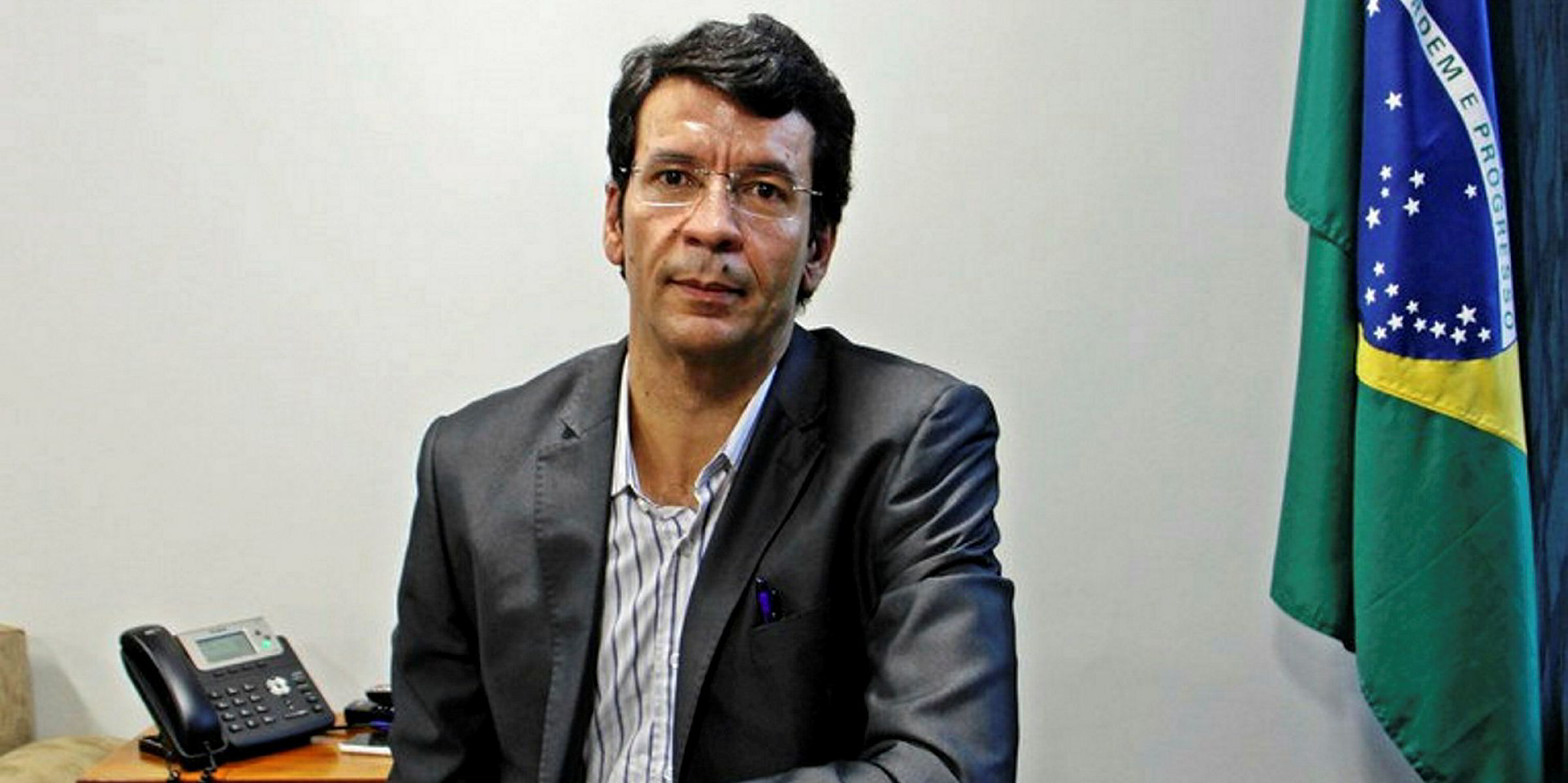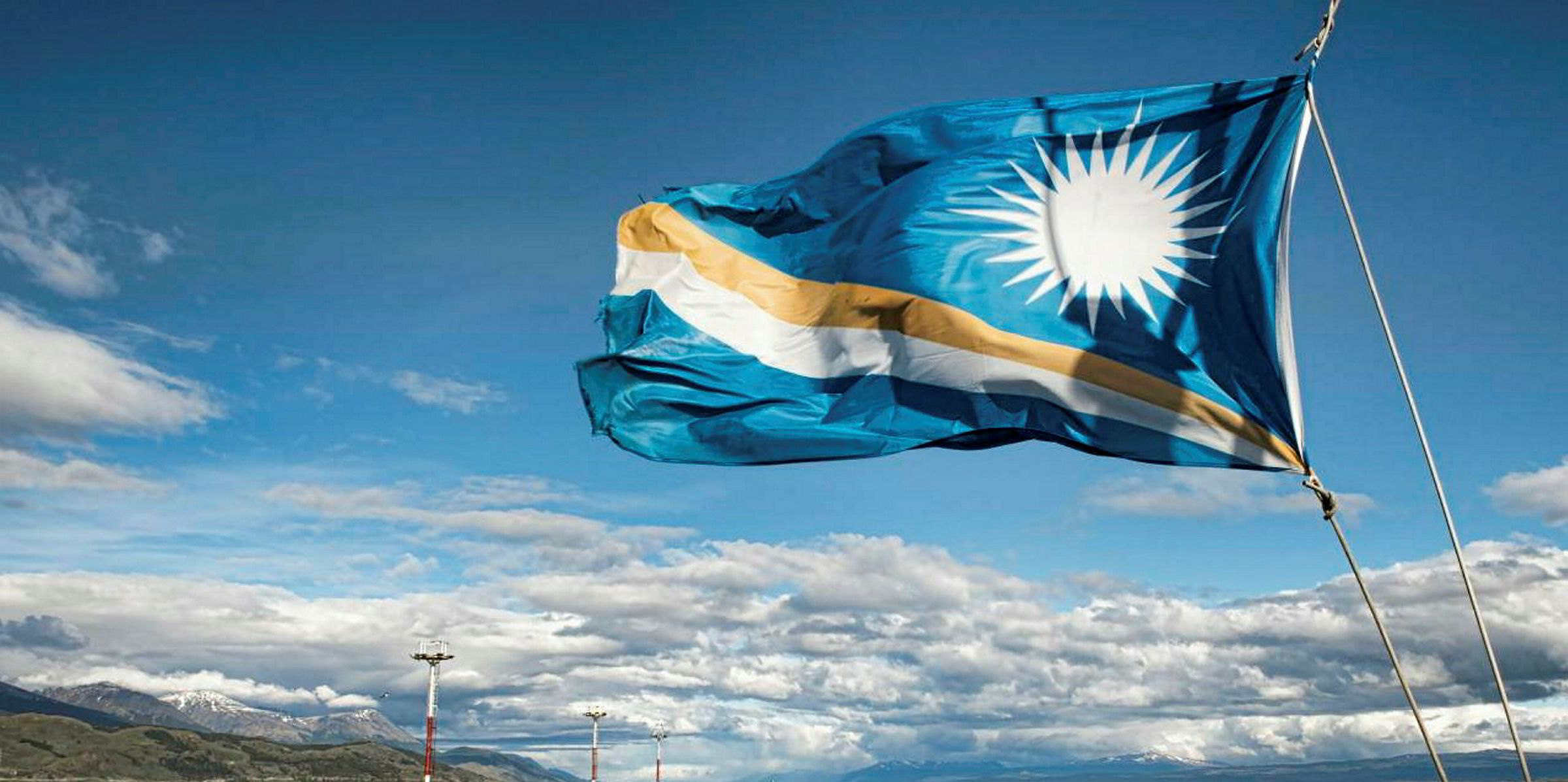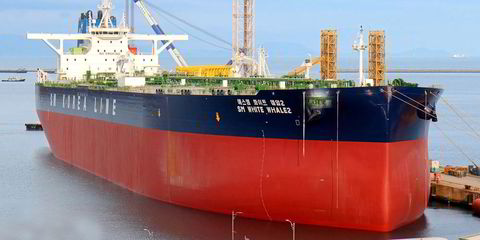Suspicions raised by a Brazilian researcher that the 300,000-dwt tanker Voyager I (built 2003) could have been the cause of a huge oil spill still washing up on the country’s shores proved unfounded.
Humberto Barbosa, coordinator of the Satellite Image Processing and Analysis Laboratory (Lapis) at the Federal University of Alagoas, had identified the NGM Energy-managed vessel as a possible culprit for the incident, in a 21 November public hearing in Brazil.
His statements were based on AIS satellite data plucked from the MarineTraffic ship tracking website. The data suggested a presence of the Voyager I in the Atlantic at the end of July and early August, with its transponder seemingly shut down at all times except for three brief signals emitted in the region on 28 July, 4 August and 9 August.
Barbosa interpreted these signals as suspicious activity that set the Voyager I apart from another 110 tankers, whose crossings in the region coincided with the oil spill.
TradeWinds checked the data with MarineTraffic, which acknowledged that it was not accurate and that the Voyager I was in Vadinar, India during this entire period. This is in line with what the vessel’s owners and flag state have been saying all along.
Random AIS signals sometimes match vessels’ Maritime Mobile Service Identities (MMSIs) and make the ships appear in erroneous positions, TradeWinds was told.
In e-mails exchanged with TradeWinds, Barbosa blamed the data providers for the mishap.
While this may be true, the mistake should have been easy for Barbosa to spot before he went out on a limb with the data.
For the AIS signals to have been correct the Voyager I would have had to cover the distance from Vadinar, where the markings showed it to be on 24 July, to the Caribbean, where it allegedly showed up on 28 July, in just four days: this is physically impossible.
More than 6,000 tonnes of crude have been washing up on hundreds of miles of Brazilian beaches. Brazilian authorities have said the crude they have collected is of Venezuelan origin and leaked from a ship in circumstances that remain unclear.
Brazilian officials including the country's president Jair Bolsonaro have blamed a different vessel over the incident, Delta Tankers’ 164,000-dwt suezmax Bouboulina (built 2006). That ship’s owners, however, also vehemently dismissed any connection to the oil spill.
Authorities in Greece, under whose flag the Bouboulina is sailing, have said they found no evidence in the ship’s records that would suggest it was the source of the pollution. Both Lapis and Skytruth, a US-based organization applying satellite imagery to promote environmental conservation, have challenged the Brazilian authorities’ statements as well.






